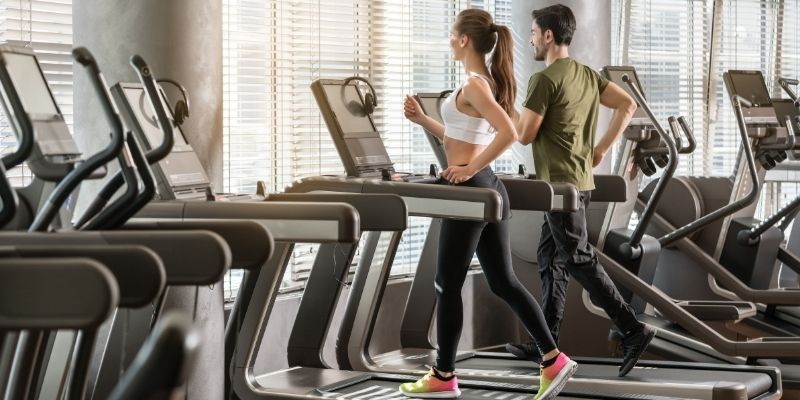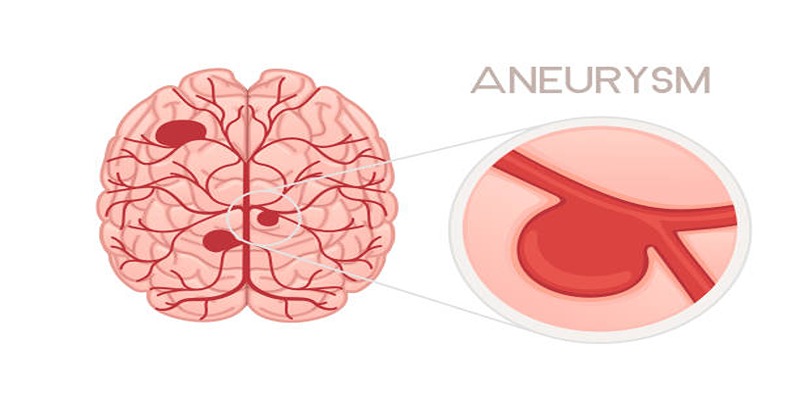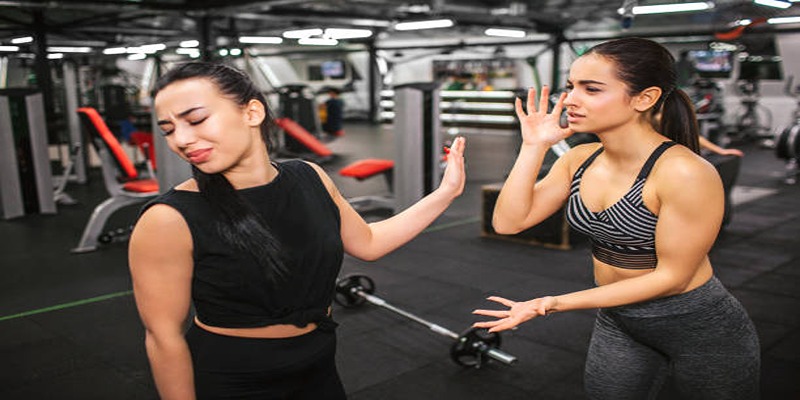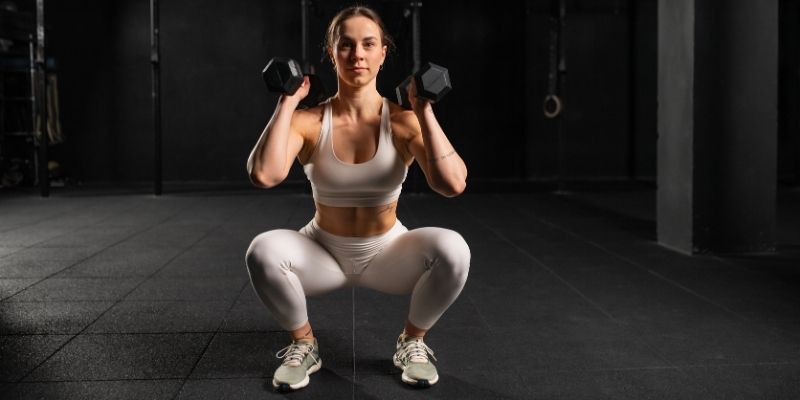Functional workouts are meant to replicate and improve the motions you use in your everyday life. These exercises call for strength, flexibility, balance, and coordination, whether ascending stairs, bending to tie your shoes, or lifting a big package. While functional fitness stresses complex motions that train many muscle groups simultaneously, traditional exercises may isolate muscles. This lowers the chance of harm in real-life events and increases pragmatic strength.
Training your body for motions it does naturally helps you to increase your general physical capacity, posture, and efficiency. Additionally supporting long-term mobility, functional workouts help to improve joint stability and range of motion. Anyone, from young people to elders, may gain from including these motions in their regimen. Consistent training can help you with your appearance and how effortlessly and painlessly you navigate everyday life.
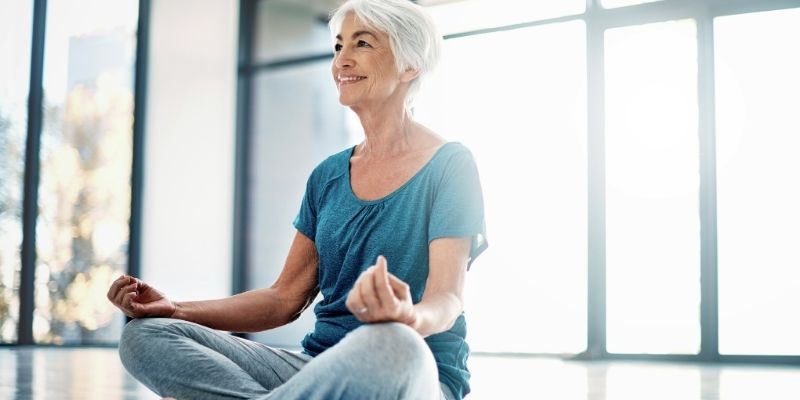
Squats: Developing Mobility and Lower Body Strength
One of the most useful functional exercises is a squat, as it replicates the movement of sitting and standing—something we perform numerous times daily. Targeting your quadriceps, hamstrings, glutes, and lower back, this action builds strength directly related to enhanced mobility. Correcting your squat form improves hip flexibility, protects your knees, and develops your core, facilitating everyday actions like rising from a chair or collecting objects off the floor.
By working on stabilising muscles in your legs and core, squats can help you enhance balance and stability. Regular performance helps promote correct spinal alignment and assists in avoiding falls. Adding variants such as bodyweight squats, sumo squats or goblet squats can raise intensity without using gym equipment. Stronger legs and improved mobility from squats make daily motions more natural and safe, whether carrying groceries or climbing stairs.
Lunges: Improving Stability, Coordination, and Balance
Common everyday activities include walking, reaching, and turning, which depend on lunges, training your body to move in several directions and maintaining stability. This exercise works your core, glutes, quads, hamstrings, and calves. Important for general symmetry and injury prevention, lunges are especially good for addressing muscular imbalances between your left and right legs.
Lunges improve your proprioception—your body's sense of its location in space—above mere strength. Avoiding trips, falls, and injuries requires this. Add forward, backwards, and side lunges to work muscles from many angles. When done properly, lunges improve posture, boost joint flexibility, and strengthen legs that assist you in everything from stair climbing to negotiating rough terrain.
Building Core Strength and Postural Control Using Planks
Planks are a basic yet effective functional workout that targets your core, shoulders, arms, and even glutes. Whether lifting, twisting, or reaching, your body needs a strong core to be stable almost everywhere. Planks call for whole body involvement, which builds coordination, balance, and endurance. Planks also help your muscles cooperate effectively, enhancing your capacity to regulate movement in everyday life.
Planks also help develop the deep stabilising muscles surrounding your pelvis and spine, improving posture. This lowers the frequent problem connected with weak core muscles and lower back discomfort. Regular plank exercise may help with daily chores such as bag carrying, bending over or extended time standing comfort. Variations like forearm planks, side planks, and plank shoulder taps help make the exercise challenging and flexible to all fitness levels.
Deadlifts: Precisely and safely lifting with power
One of the most practical workouts for reproducing safe lifting methods used in daily life is deadlifts. The mechanics of a deadlift teach you how to activate your legs and hips rather than stressing your lower back, whether you're lifting a kid, moving furniture, or shopping. All vital for safe and efficient lifting, this activity targets your glutes, hamstrings, lower back, and core.
Deadlifts help you build body awareness and correct technique, which are crucial for preventing damage during heavy or difficult lifting. They also support the "hip hinge" pattern, which pushes for hip rather than waist bending. Deadlifts are great for building your body so you can move with control, power, and confidence in your daily life, whether you use weights or start with only your body weight.
Boosting Upper Body and Core Synergy: Push-Ups
Beyond an upper-body workout, push-ups test your whole body, especially your core and stabilising muscles. Keeping alignment from your head to your heels, a push-up works your chest, shoulders, triceps, and stomach. This helps your body function as one unit—crucial whether you are bracing against opposition, pushing open doors, or rising from the ground.
Unlike many other exercises that operate vertically, push-ups are extremely practical as they develop your body in a horizontal plane. This variance of motion enhances general muscle coordination and balance. Push-ups also allow easy modification to accommodate any degree of fitness. From basic incline push-ups for beginners to advanced forms like diamond or plyometric push-ups, this action may develop with your ability and provide long-term advantages to daily function.
Training Functional Leg Strength and Balance: Steps-Ups
Step-ups replicate the real-life motion of ascending stairs, stepping over hurdles, or entering and leaving a car. This workout develops your quadriceps, hamstrings, glutes, and calves, as well as balance and coordination. Regular step-ups help you confidently raise your legs, lowering your chance of stumbles and falls, particularly in uneven surroundings or when your focus is split.
Beyond physical strength, step-ups help maintain single-leg stability and push you to use your core to keep balanced. Stronger legs, more stability, and better joint alignment have functional benefits— safer and more effective movement throughout the day results from these things. Higher platforms, weight holding, or a knee drive at the top will push balance and coordination further and help you advance the workout.
Farmer's Carries: Actual Gripe and Core Strength
Perhaps the most relevant functional workout for the farmer is his carry, which replics the movement of carrying sacks, buckets, or groceries. You use your grip, shoulders, arms, core, and legs by walking while holding weights at your sides. This entire-body exercise trains your muscles to sustain weights while in motion and helps to stabilise them. This makes transporting toddlers, shopping bags, or luggage much safer and simpler.
Beyond strength, the farmer's carry improves walking mechanics, endurance, and posture. It promotes good alignment and deep core activation to keep you steady under strain. By developing mental and physical resilience via this practice, you will better negotiate daily obstacles with less tiredness and more control. Variations in single-arm carries, suitcase walks, or longer-distance challenges let you always adapt this workout to fit your objectives.
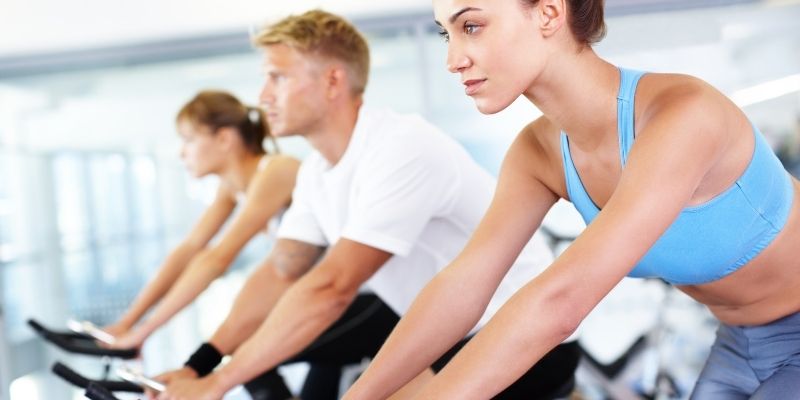
Conclusion
Not only are functional exercises for athletes, but everyone who wants to improve their mobility, feel more powerful, and avoid injury in everyday life needs them. These exercises teach your body in ways that immediately increase your real-world capacity by copying natural motions such as squatting, lunging, lifting, pushing, and carrying. Daily chores are becoming simpler and less taxing, and your general physical confidence will increase.
Including these seven functional exercises in your weekly program guarantees balanced mobility, stability, and strength development. They are easy and useful as they can be done anywhere and require a few tools. Functional exercise is your secret to a more competent, injury-resistant body, whether your goals are simple independence and activity, a physically demanding profession, or chasing children. Start small, be persistent, and you will see changes in your quality of life.

